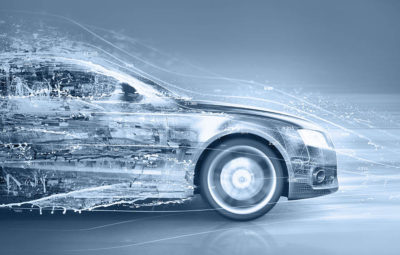Occasionally, there will be a need to reset your WordPress website to its default state. Below are some reasons when you will need to consider a full or partial reset for your WP website.
- Restoring a site from a backup
- Rebuilding or redesigning the website
- Cleaning test installations
WordPress website resetting means uninstalling the current setting, and reverting to the original default. You can delete everything and start out fresh, but you may need some themes or plugins, so the solution is to conduct partial reset. Just choose the needed elements like reset database, and keep the installed plugins intact.
WP Reset plugin is the most advanced tool for deleting every content and customizations or specific themes. It is fast but safe to use. It is fully integrated with 3rd party systems via WP Webhooks. Remember to create a snapshot always before you proceed to reset your website.
Resetting deletes all the –
- Pages, posts, comments, users, media entries, custom post types
- Default WordPress database tables
- Custom database tables with similar prefix used in default tables
Resetting does not modify or delete
- Media files – Will remain untouched in a wp-uploads folder and not in admin [under Media]
- Plugins, themes, and uploads stay
- WP address, site title, site address, site language as well as search engine’s visibility settings
- Restore current user with current username & password
What occurs when the reset button gets clicked?
- Create a full back-up or snapshot before resetting
- Confirm this action because you will not be able to UNDO the act
- Everything will get reset
- WP address, site title, site address, site language, search engine’s visibility settings, and the current user gets restored
- The user gets logged out and in seconds gets logged in automatically. The user gets directed to the admin dashboard
- The reset WP plugin gets reactivated, if you choose the post-reset option
Awesome features of WP Reset plugin
Undoing a reset
If you need to UNDO a reset then restore the created snapshot and you are all set.
WP-CLI support
WP help reset allows using WP-CLI command lines. Instead of the current user, the 1st user having admin privileges will get restores post reset. Therefore when you use the command line to reset make a snapshot first.
Database snapshots
You get a photo of every WP database tables including all the custom and standard ones stored in the existing used database.
Multisite [WP-MU] support
Multisite support needs more testing. The WP developers recommend not using this feature for main site resetting but for sub-sites it is fine.
Partial reset tools include –
- Delete transients
- Delete uploads
- Delete plugins
- Reset theme options
- Delete themes
- Delete or empty custom tables
- Delete .htaccess file
Remember only a single user gets restored after the reset. The username & password used while doing the reset must be employed post-reset.
Before resetting your existing website or blog, you could check the alternative to redirect WordPress pages. It will help in transferring the SEO value of old and outdated pages, while sending the users to the new and updated ones.








